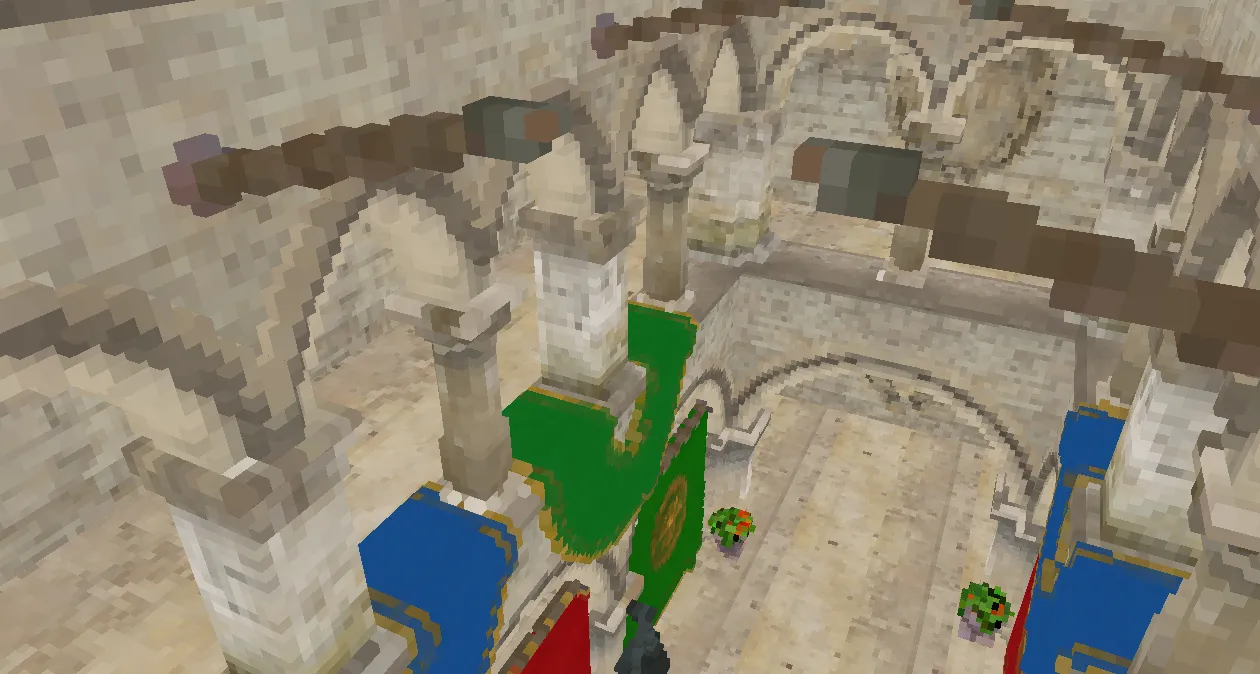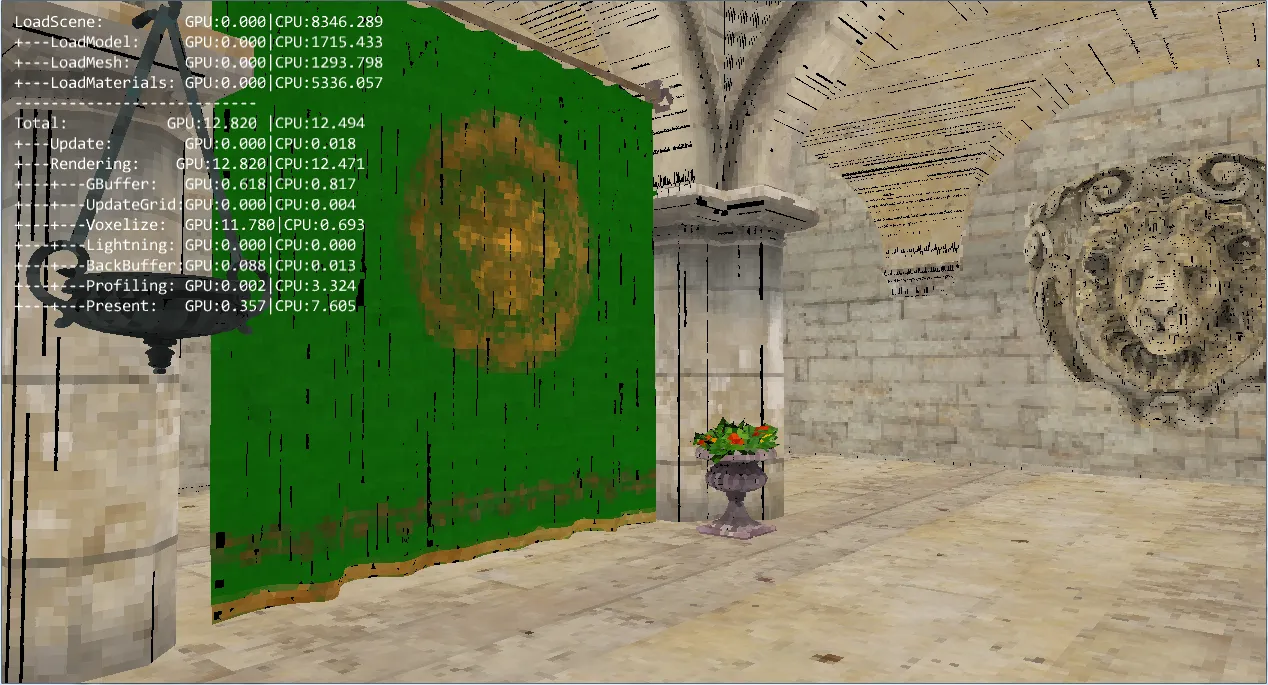
Voxel visualization using DrawIndexedInstancedIndirect
This week end I worked with the DrawIndexedInstancedIndirect function, and since I didn’t find that much informations I wanted to share my results. The next step for my voxel cone tracing project was to generate mip maps for my voxel grid. I implemented a first draft, but I needed a better way of displaying my voxel grid, to make sure that they all of them were correct. I was using the depth map to compute the world position. Then I transformed it into voxel grid coordinates to find the color of the matching voxel. ...
